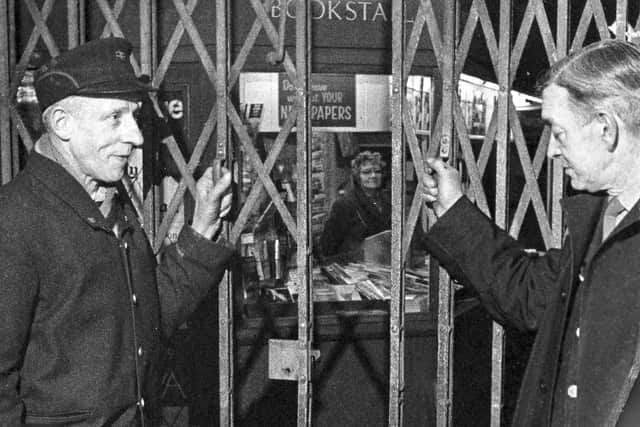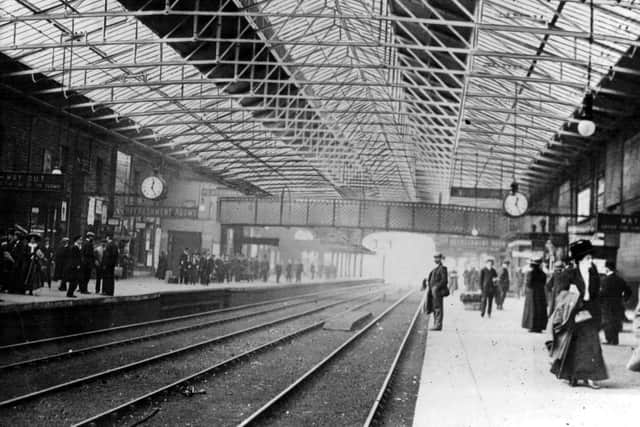How Sheffield's Victoria Station went from central role to closure
and live on Freeview channel 276
The city’s rail links to Sheffield and the time it takes us to reach the capital has been a bone of contention and source of much frustration for decades.
Next month an anniversary may pass without very much attention…51 years since the passing of Sheffield's first mainline railway station linking us to London.
Advertisement
Hide AdAdvertisement
Hide AdIn January 1970, the final passenger trains pulled out of the city's Victoria Station bringing to an end its almost 120-year service.


When it was unveiled to the Sheffield public in September 1851, the station must have appeared cutting-edge and ultra-modern.
It did, however, according to one prominent architectural critic of the day, provide a 'singularly unpromising' approach to the city, penned in as it was by steelworks, shunting yards, a cattle market and the then filthy River Don.
Express trains from Manchester commonly known as the 'flyers' called in at Sheffield with the fastest train roaring to London in about four hours. Pretty swift considering it takes us an average of just over two hours today.
Advertisement
Hide AdAdvertisement
Hide AdBut the great advances in rail travel were not without tragedy. To get across the Pennines, trains used a pair of three-mile tunnels at Woodhead. Twenty-six workers were killed building the first and 28 lost their lives constructing the second.


For trains to reach Victoria Station - built by the Manchester, Sheffield and Lincolnshire Railway - the city's famous Wicker Arches were constructed. Four more men died during the work and another drowned in the River Don building the station.
Sheffield-born engineer Sir John Fowler was the man behind the Arches, which was the biggest masonry structure of its kind in the UK, and went on to pioneer London't underground and co-designed the Forth Rail Bridge in Scotland.
The station had an almost futuristic eco-friendly iron and glass roof which collected rainwater for the loos.
Advertisement
Hide AdAdvertisement
Hide AdThe £15,000 Victoria Hotel was built next door and opened in 1862 - it became known as the Royal Victoria after 1875 when the Prince and Princess of Wales came to the station on a visit to Sheffield to open Firth Park.


MIdland Station was opened in 1870 providing some tough competition for Victoria. The Manchester, Sheffield and Lincolnshire Railway was up for the challenge building a new direct route to London Marylebone, which opened in 1899, slashing journey time to three hours on posh new trains.
London and North Easter Railways took over in 1923 and Victoria became the line's LNER station.
The railways were nationalised post-war, and in 1954 a new £4.2m double track tunnel was built at Woodhead and Victoria was given a facelift. Its filthy roof was removed and new canopies installed to cover platforms, waiting rooms and refreshment bars built.
Advertisement
Hide AdAdvertisement
Hide AdBut its days were numbered...the Marylebone line was rundown and axed by Beeching in 1966 while British Railways decided Sheffield was best served by one main line station and trains from Doncaster were diverted to the city.


Closure of Victoria was put forward in 1967 and by the end of the year only Manchester trains used the station. They survived into the Seventies by only five days when the station shut entirely.
It limped on for a few years, something of a ghost station, with electric cola trains rattling their way through the deserted station.
The occasional Huddersfield to Sheffield train would speed though without stopping but even they stopped with the closure of the Woodhead line in 1981, the station, by then, a derelict shell.